Introduction
Uniform businesses face constant challenges in managing inventory, orders, and distribution. Without an effective Uniform Management System (UMS), errors like overstocking, delayed shipments, and poor tracking can lead to operational inefficiencies and increased costs.
With numerous options available, understanding key factors—such as automation, integration, scalability, and security—is essential. A well-chosen system improves uniform distribution, tracks inventory in real-time, and simplifies reordering, ultimately boosting productivity.
This buying guide is designed to help businesses using employee uniforms, safety gear, or custom apparel navigate the complexities of selecting the best UMS.
Scroll down to find out more!
Uniform Market Trends and Statistics
The global workwear and uniforms market, valued at USD 86.82 billion in 2024, is expected to reach USD 128.64 billion by 2033, growing at a 4.5% CAGR.

Increasing workplace safety regulations are driving demand for specialized workwear in industries like construction and manufacturing. This trend encourages businesses to develop innovative workwear solutions that provide comfort and functionality.
Tips for Selecting Uniform Management System for Your Business

Selecting the appropriate Uniform Management Software is crucial for streamlining operations, ensuring employee satisfaction, and maintaining brand consistency. Here’s a comprehensive guide to assist you in making an informed decision:
- Identify your business needs
- Integration
- Software compatibility
- User-Friendly interface
- Customization options
- Pricing model
- Look for reliable customer support services
- Data security
- Compliance
1. Identify your business needs
Start by assessing your business requirements. Consider the size of your workforce, frequency of uniform replacements, and other features. Understanding these needs will help you in picking the right UMS that aligns with your operational goals.
2. Integration
Ensure the UMS can seamlessly integrate with your existing systems, such as HR, payroll, and inventory management. This integration facilitates real-time data exchange, reducing manual errors and enhancing operational efficiency.
3. Software compatibility
Verify that the uniform management software is compatible with your business-related hardware and operating systems. This includes desktop computers, mobile devices, and any other platforms your team utilizes.
4. User-Friendly interface
A user-friendly interface is vital for encouraging employee engagement and minimizing training time. So, make sure the software should be intuitive, allowing users to navigate and perform tasks without any difficulty.
5. Customization options
Choose a UMS that offers customization to reflect your brand’s identity. This includes incorporating logos, colors, and other branding elements, ensuring consistency across all uniform-related processes.
6. Pricing model
It is important to evaluate the software’s pricing structure to ensure it fits within your budget. Consider factors like subscription fees, additional costs for extra features, and scalability options as your business grows.
7. Look for reliable customer support services
Reliable customer support from the software providers is essential for addressing any issues that may arise during implementation and daily use. Opt for a provider that offers comprehensive support services, including training resources and assistance 24/7.
8. Data security
Protecting employee data is crucial for any business. So, ensure the UMS complies with industry-standard security protocols to safeguard employee data and prevent unauthorized access.
9. Compliance
The software should adhere to relevant regulations and standards within the uniform industry. This ensures that your uniform management practices meet legal requirements and uphold organizational policies.
Different Types of Uniform Management Software

Whether for healthcare, hospitality, manufacturing, or corporate sectors, businesses need an efficient way to manage uniform distribution, customization, and restocking. There are several types of uniform management software readily available in the marketplace, each offering unique capabilities to meet specific business needs. Here are some of the types to assess before selecting a UMS:
1. Employee Uniform Tracking Software
This system ensures proper uniform allocation by assigning specific uniforms to employees based on their roles, departments, or seniority levels, ensuring compliance with dress code policies. You can even personalize uniforms with logos, names, or color variations. This system manages customization requests, embroidery orders, and production tracking seamlessly.
2. On-Premises Uniform Management Software
An on-premises uniform management system simplifies and streamlines the process of managing employee uniforms within an organization. It involves procurement, distribution, inventory management, customization, and maintenance.
3. Cloud-Based UMS
Cloud-based uniform management software provides remote access, scalability, and real-time data synchronization, making them ideal for multi-location businesses looking for centralized uniform tracking without complex installations. Designed to track employee sizes and preferences, this software minimizes ordering errors and verifies they receive correct uniforms, thereby reducing cancelations and returns and ensuring employee satisfaction.
- Mobile-friendly feature allows employees to request new uniforms, check availability, update their size details, and track orders from their phones.
- Inventory management feature helps to track stock levels, monitor available sizes, and set reorder points to avoid shortages or excess inventory.
4. RFID Tracking Software
RFID technology automates uniform tracking and inventory management using radio waves, eliminating the need for manual scanning. By attaching RFID tags to each uniform, the system enables real-time monitoring of uniform usage, inventory levels, and maintenance cycles. It further enhances efficiency, security, and loss prevention, making it ideal for large-scale enterprises.
Out and out, each uniform management software type serves different business needs. Suppliers should evaluate their size, operational complexity, budget, and scalability needs before choosing the best-rated uniform management software.
Benefits of Uniform Management Software

Uniform Management Software offers a host of benefits for firms with large workforces, particularly in managing and ordering workwear and uniforms. Now, let’s have a look at some of the benefits it offers:
Cost savings
A UMS streamlines the process of managing and ordering uniforms by setting employee or department spending limits, reducing the time and resources required for manual processes; thereby saving costs and improved accuracy.
Real-time visibility
It provides real-time visibility into the uniform ordering process, allowing management teams to monitor budget allocations and ensure compliance with policies.
Ease of use
Provides an easy-to-use system for employees to order their uniforms, with features such as pre-set clothing ranges and annual spending limits.
Integration
It is easy to integrate with existing systems, such as ERP systems, to provide real-time stock information and manage expectations on delivery times.
Flexibility
Tailored to fit each organization’s needs, the software offers custom features by role or department. It supports various ordering rules, such as budget limits, unit counts, or point systems, and block-out periods to maintain compliance with company policies.
Reporting & Analytics
Get detailed reporting and analytics from the businesses to track costs, orders, and budgets by department. This further helps businesses make data-driven decisions to improve efficiency and cost control.
Key Features of Uniform Management Software
Uniform management software streamlines uniform tracking, inventory control, and employee allocations, enhancing efficiency and cost management. Some of the key features include real-time inventory tracking, automated ordering, and seamless integration.
Now, let’s explore the essential features to find the right solution for your business needs.
1. Private & Secure Portals
Employees access a secure portal with login credentials, ensuring only authorized personnel can view, order, and manage uniforms, preventing unauthorized purchases or security breaches.
2. Approval Workflows
Managers can review and approve uniform requests before orders are processed, ensuring compliance, preventing unnecessary purchases, and maintaining better control over procurement and budget allocation.
3. Employee Self-Service Portal
Employees can log in to request, track, and manage their uniforms, providing transparency, reducing administrative tasks, and improving order fulfillment efficiency within the organization.
4. Vendor & Supplier Management
Streamlines supplier coordination by tracking vendor performance, ensuring on-time deliveries, maintaining uniform quality standards, and reducing supply chain inefficiencies in the procurement process.
5. Multilingual Support
Supports multiple languages, enhancing accessibility for global businesses and diverse teams, reducing training efforts, and ensuring seamless communication within the uniform management system.
Case Study: How A Leading Aviation Uniform Supplier Transformed Uniform Management with UniformMarket?
Client: Unisync
Industry: Corporate Apparel (Supplier)
Country: United States

Unisync, one of North America’s largest corporate uniform suppliers, faced a major challenge in managing uniform distribution for the aviation industry. Managing allowances, quotas, shipping preferences, and approval processes manually led to inefficiencies and a poor buyer experience. With strict uniform policies varying by job roles—pilots, cabin crew, and ground staff—Unisync needed a scalable solution that could streamline uniform ordering while maintaining compliance with complex regulations.
To overcome these challenges, UniformMarket provided role-based ordering, ensuring that employees could log in and order only the pre-approved uniforms assigned to their role. UniformMarket introduced automated quotas, allowance management, and multi-tier approval workflows, eliminating errors and preventing over-ordering.
The key benefit was its flexible payment options, including payroll deduction, company pay, and points-based purchases. Furthermore, seamless ERP and HR integrations allowed Unisync to manage uniform distribution more efficiently across its vast workforce.
Winding up, Unisync successfully delivered uniforms to over 80,000 aviation employees, while ensuring compliance, cost control, and operational efficiency. The company also saw a 96% increase in customer satisfaction and strengthened its brand reputation.
Getting Started with UniformMarket’s UMS
The right uniform management tool is essential for businesses that handle large-scale uniform distribution, inventory tracking, and order fulfillment. UniformMarket offers a powerful UMS designed to automate processes, reduce costs, and improve accuracy.
With real-time tracking, automated ordering, and seamless integrations, UniformMarket helps businesses eliminate manual errors, streamline procurement, and enhance employee satisfaction. Whether you’re managing corporate uniforms, healthcare scrubs, police, security, or industrial workwear, it simplifies uniform allocation while ensuring compliance and cost control.
Getting started is easy– schedule a demo to explore how this efficient UMS tool can optimize uniform operations for your business needs. The expert’s team will guide you through the setup, customization options, and best practices tailored to your business.
Final Thoughts
Choosing the right Uniform Management System is crucial for efficiency, cost savings, and seamless operations. By evaluating automation, customization, integrations, and security, businesses can make an informed decision.
UniformMarket, a leader in uniform eCommerce solutions, provides powerful tools to help uniform suppliers, distributors, and manufacturers manage inventory, process bulk orders, and integrate with ERP and accounting systems. It is designed to enhance efficiency and drive business growth with custom storefronts, automated workflows, and seamless B2B ordering capabilities.
If you own a uniform business and are eager to know more about the UMS list, head to the best uniform management system for businesses. It will guide you in making the best decision by offering insights on key features, benefits, pricing, pros & cons, and much more.
Do you have any queries in the selection criteria for uniform management software? Feel free to write to us in the comments. Our team of professionals will get in touch with you.






